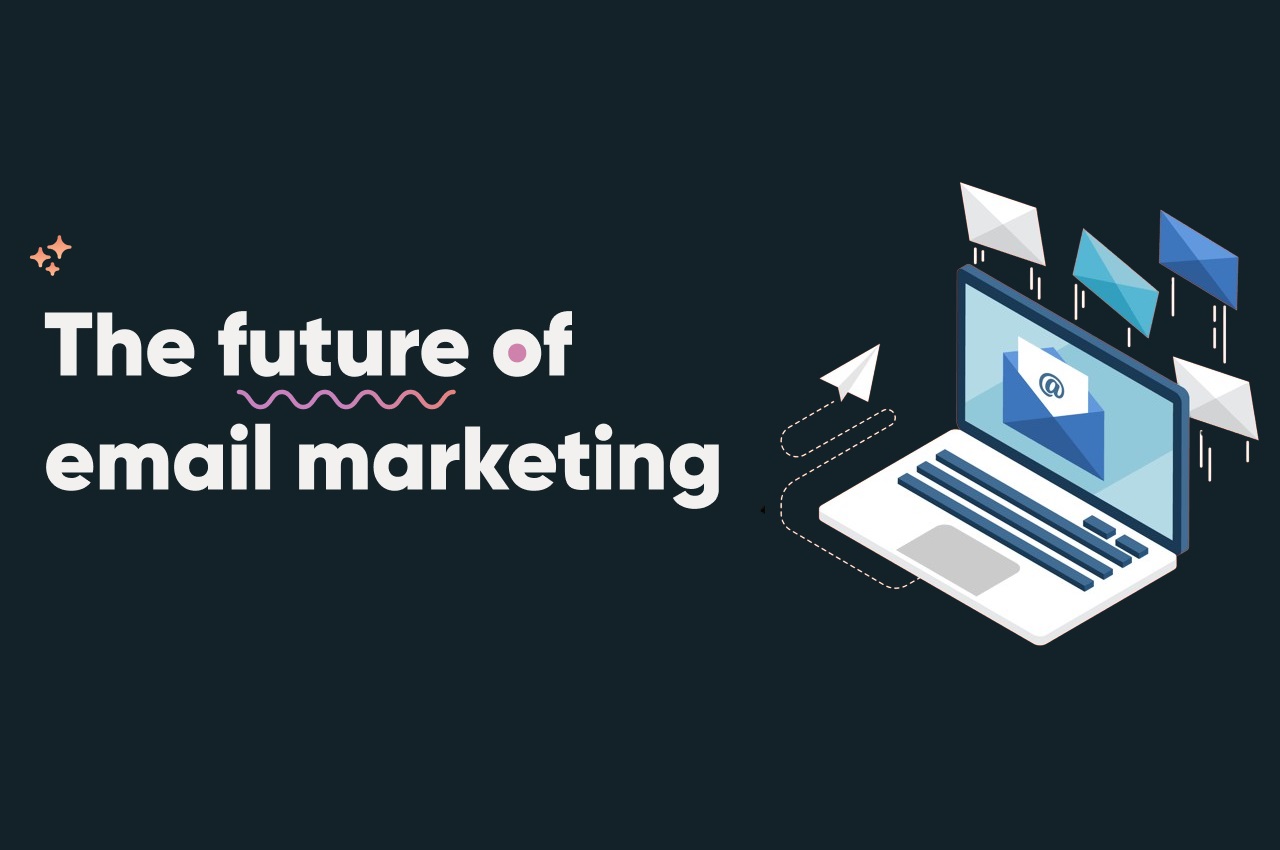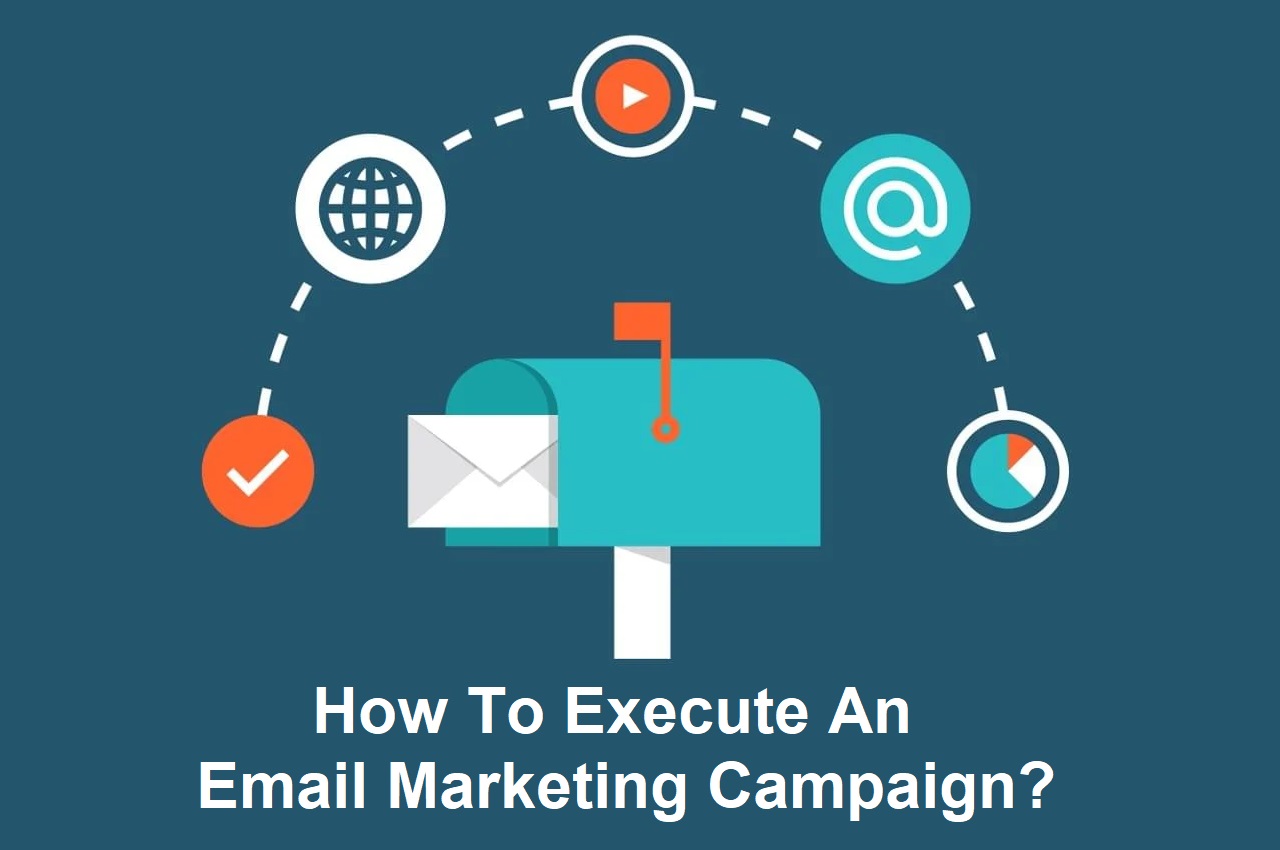The Future Of Email Marketing : Trends And Predictions
Email marketing, a stalwart in the digital marketing landscape, continues to evolve in response to changing consumer behaviors, technological advancements, and the ever-shifting digital landscape. As we look ahead, the future of email marketing promises a dynamic and innovative journey. In this guide, we’ll explore the anticipated trends and predictions that will shape the landscape of email marketing in the coming years.
I. Introduction: The Constant Evolution of Email Marketing
A. A Brief Overview of Email Marketing Evolution
- From Simple Communication to Strategic Marketing Tool: Email marketing has transformed from basic communication to a strategic tool for businesses, offering personalized, targeted, and automated campaigns.
- Adaptation to Changing Technologies: The evolution of email marketing has been marked by adaptation to emerging technologies, including mobile optimization, automation, and personalization.
B. Importance of Staying Ahead: Why Predicting Trends Matters
- Adapt or Lag Behind: Staying abreast of upcoming trends allows businesses to adapt their strategies, staying ahead of the curve rather than playing catch-up.
- Enhancing Competitive Edge: Businesses that embrace future trends gain a competitive edge, delivering innovative and engaging email experiences to their audience.
II. Anticipated Trends Shaping the Future of Email Marketing
A. Artificial Intelligence (AI) and Machine Learning
- Predictive Personalization:
- AI will enable predictive personalization, anticipating user preferences based on past behaviors.
- Tailored content recommendations will become more accurate and timely.
- Automated Content Creation:
- Machine learning algorithms will automate the generation of dynamic and personalized content.
- This streamlines the content creation process while ensuring relevance.
B. Interactive Emails and AMP for Email
- Engagement-Driven Interactivity:
- Interactive elements such as quizzes, polls, and image carousels will enhance user engagement directly within emails.
- Users can interact with content without leaving the email, providing a seamless experience.
- Accelerated Mobile Pages (AMP) for Email:
- AMP for Email will gain prominence, enabling real-time updates and dynamic content within emails.
- Improved user experience and increased engagement are expected outcomes.
C. Integration with Emerging Technologies
- Augmented Reality (AR) Integration:
- AR elements within emails will provide immersive and interactive experiences.
- Product demonstrations, virtual try-ons, and interactive storytelling will become common.
- Voice Technology in Email:
- Integration of voice-activated commands for email interactions will cater to the rise of voice-activated devices.
- Personalized audio messages within emails may become a reality.
III. Advanced Personalization and Behavioral Targeting
A. Dynamic Content Strategies
- Machine Learning-Driven Personalization:
- Advanced personalization techniques using machine learning algorithms will analyze vast datasets for deeper insights.
- Real-time adjustments to content based on user behavior will enhance relevance.
- Behavioral Targeting Evolution:
- Behavioral targeting will become more sophisticated, utilizing AI to predict and respond to user actions.
- Highly targeted and context-aware campaigns will result in improved engagement.
B. Hyper-Personalization and User Experience
- Hyper-Personalization Beyond Name Insertion:
- Personalization will extend beyond basic name insertion, focusing on individual preferences, behaviors, and life stages.
- Highly segmented and individualized experiences will drive user satisfaction.
- Enhanced User Experience:
- Design elements, mobile responsiveness, and overall user experience within emails will be paramount.
- Brands will invest in creating visually appealing and seamless email experiences.
IV. Automation’s Role in Email Marketing
A. Evolution of Email Marketing Automation
- AI-Enhanced Automation Workflows:
- AI will play a pivotal role in enhancing automation workflows, making them more intelligent and adaptive.
- Predictive analytics will guide automated campaigns based on anticipated user behavior.
- Drip Campaigns and Personalized Journeys:
- Drip campaigns will evolve into more intricate and personalized customer journeys.
- AI-driven decision-making will determine the timing and content of each email in the sequence.
B. Hyper-Automation and Efficiency
- Hyper-Automation for Efficiency:
- Hyper-automation will streamline and optimize complex email marketing processes.
- Routine tasks, data analysis, and decision-making will be automated for increased efficiency.
- AI-Generated Content in Automation:
- AI-generated content will play a role in automating the creation of personalized emails.
- Customized product recommendations and dynamic content will be automatically generated.
V. The Integration of Email Marketing with Overall Marketing Strategy
A. Seamless Integration with Multi-Channel Marketing
- Holistic Customer Journeys:
- Email marketing will seamlessly integrate with other channels, contributing to holistic customer journeys.
- Consistent messaging and personalized experiences will be maintained across touchpoints.
- Unified Customer Profiles:
- Integration with Customer Relationship Management (CRM) systems will lead to unified customer profiles.
- Marketers will have a comprehensive view of customer interactions across channels.
B. Email Marketing’s Role in Customer Lifecycle
- Nurturing Leads and Customer Retention:
- Email marketing will play a central role in nurturing leads throughout the customer lifecycle.
- Retention campaigns will focus on building long-term relationships through personalized interactions.
- Cross-Channel Cohesion:
- Email campaigns will complement and reinforce messages delivered through other channels.
- Consistent branding and messaging will contribute to cross-channel cohesion.
VI. Analytics, Data Privacy, and Regulatory Compliance
A. Advanced Analytics for Informed Decision-Making
- Deep-Dive Analytics with AI:
- Advanced analytics, powered by AI, will provide deeper insights into campaign performance.
- Predictive analytics will guide strategic decisions based on historical data.
- Real-Time Reporting:
- Real-time reporting tools will become more sophisticated, offering immediate insights into campaign effectiveness.
- Marketers can make data-driven adjustments on the fly.
B. Data Privacy and Compliance
- Stricter Data Privacy Measures:
- Heightened awareness and concerns about data privacy will lead to stricter regulations.
- Brands will prioritize transparent communication and compliance with data protection laws.
- User Consent Management:
- User consent management will be a focal point, with clear opt-in processes and transparency.
- Brands will go beyond regulatory requirements to earn and maintain user trust.
VII. Predictive Analytics and Artificial Intelligence
A. Predictive Analytics in Email Marketing
- Anticipating User Behavior:
- Predictive analytics will anticipate user behavior and preferences, guiding content personalization.
- Campaigns will be dynamically adjusted based on predicted user responses.
- Forecasting Campaign Performance:
- Predictive models will forecast campaign performance, allowing marketers to optimize strategies in advance.
- AI-driven insights will guide decisions on timing, content, and segmentation.
B. AI for Email Marketing Strategy Optimization
- Automated Strategy Adjustments:
- AI algorithms will automatically adjust email marketing strategies based on real-time data.
- Continuous optimization will be an inherent aspect of AI-driven campaigns.
- Adaptive Campaigns:
- AI will enable adaptive campaigns that respond dynamically to user interactions and market trends.
- Agile adjustments will be made to enhance campaign effectiveness.
VIII. Challenges and Solutions in Future Email Marketing
A. Deliverability and Inbox Placement Challenges
- Enhanced Filtering Technologies:
- Stricter filtering technologies may pose challenges for inbox placement.
- Maintaining sender reputation and adhering to best practices will be crucial.
- Creative Solutions for Engagement:
- Brands will need to adopt creative solutions to bypass inbox filters and capture user attention.
- Interactive and engaging content will be key to overcoming deliverability challenges.
B. Balancing Personalization with Privacy
- Striking the Right Balance:
- The challenge lies in achieving personalized experiences without compromising user privacy.
- Transparent communication and clear value propositions will help strike the right balance.
- User Education:
- Brands will need to educate users on the benefits of data sharing for personalized experiences.
- Clear explanations and opt-in processes will build trust.
IX. Conclusion: Navigating the Future of Email Marketing
A. The Ongoing Evolution of Email Marketing
- Continued Innovation and Adaptation:
- Email marketing’s evolution is an ongoing process of innovation and adaptation.
- Staying flexible and embracing change will be critical for success.
- Dynamic Landscape Requires Agility:
- The dynamic nature of the digital landscape requires agility and a forward-thinking approach.
- Successful email marketers will be those who anticipate and respond to emerging trends.
B. Key Takeaways for Marketers
- Prioritizing User Experience:
- User experience will be at the forefront, influencing design, content, and engagement strategies.
- Brands must prioritize creating enjoyable and seamless email interactions.
- Balancing Technology and Human Touch:
- While technology plays a pivotal role, the human touch in crafting authentic and empathetic messages remains essential.
- Striking a balance between automation and personalization is key.
X. Resources and Further Reading
A. Recommended Reading for Marketers
- Industry Reports and Whitepapers:
- Stay informed through industry reports and whitepapers that delve into the latest trends.
- Research from reputable sources provides valuable insights.
- Webinars and Conferences:
- Attend webinars and conferences to gain firsthand knowledge from industry experts.
- Networking opportunities at events facilitate knowledge exchange.
XI. Future-Proofing Your Email Marketing Strategy
A. Building Resilience and Adaptability
- Investing in Education and Training:
- Marketers should continually invest in education and training to stay informed about the latest tools and strategies.
- Certifications and workshops can enhance skill sets.
- Testing and Iteration:
- Regularly test different elements of your email campaigns and iterate based on results.
- Adopting a mindset of continuous improvement ensures resilience.
XII. Glossary of Key Terms
A. Definitions and Explanations
- Artificial Intelligence (AI):
- The simulation of human intelligence in machines, enabling them to perform tasks that typically require human intelligence.
- Predictive Analytics:
- The use of data, statistical algorithms, and machine learning techniques to identify the likelihood of future outcomes based on historical data.
XIII. Acknowledgments and Credits
A. Contributions and Recognition
- Contributors:
- Acknowledgment of contributions from industry experts, thought leaders, and professionals who provided insights for this guide.
- Credits:
- Recognition of sources, data providers, and tools used in the compilation of this guide.
In conclusion, the future of email marketing is characterized by a confluence of technological innovation, advanced personalization, and a commitment to user-centric experiences. Navigating this future landscape requires a strategic blend of creativity, adaptability, and a deep understanding of evolving consumer expectations. As marketers embark on this journey, embracing the anticipated trends outlined in this guide will not only future-proof their email marketing strategies but also position them at the forefront of a dynamic and ever-evolving digital marketing landscape.


